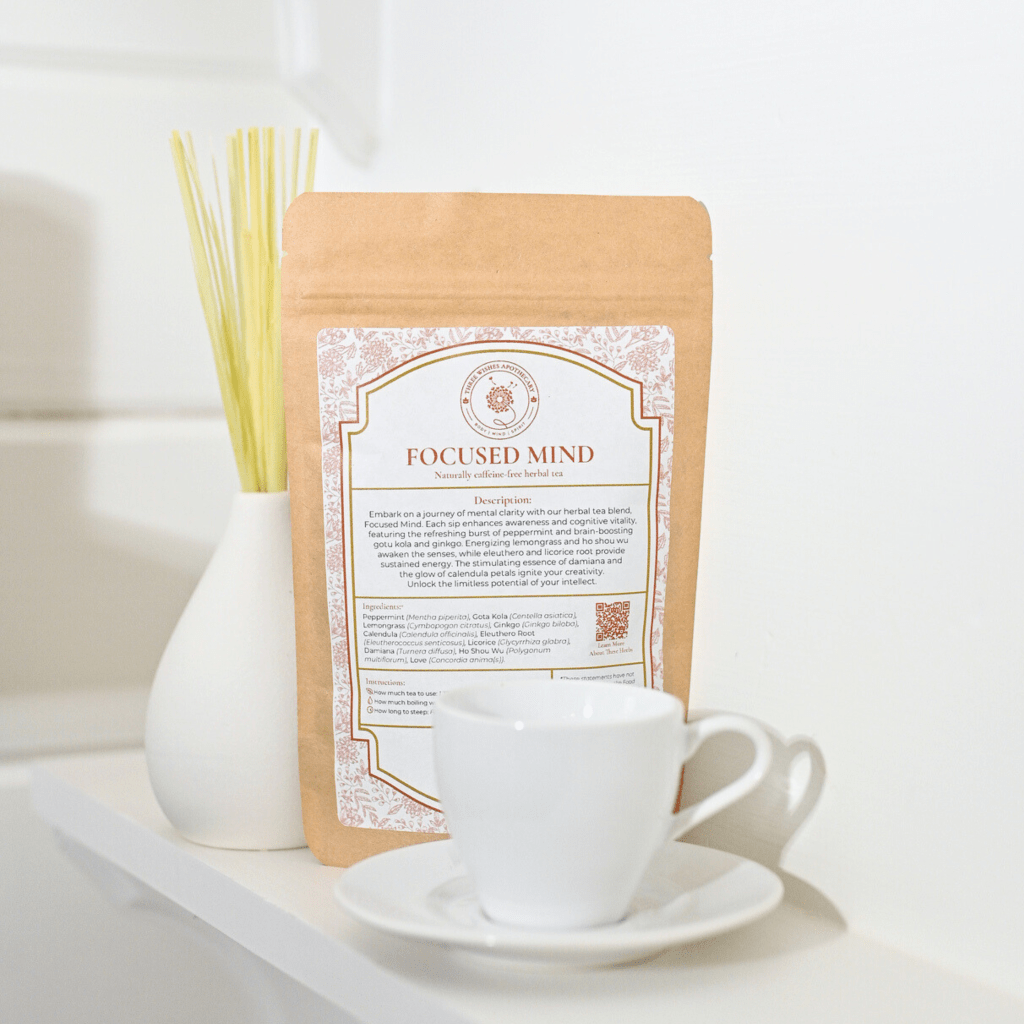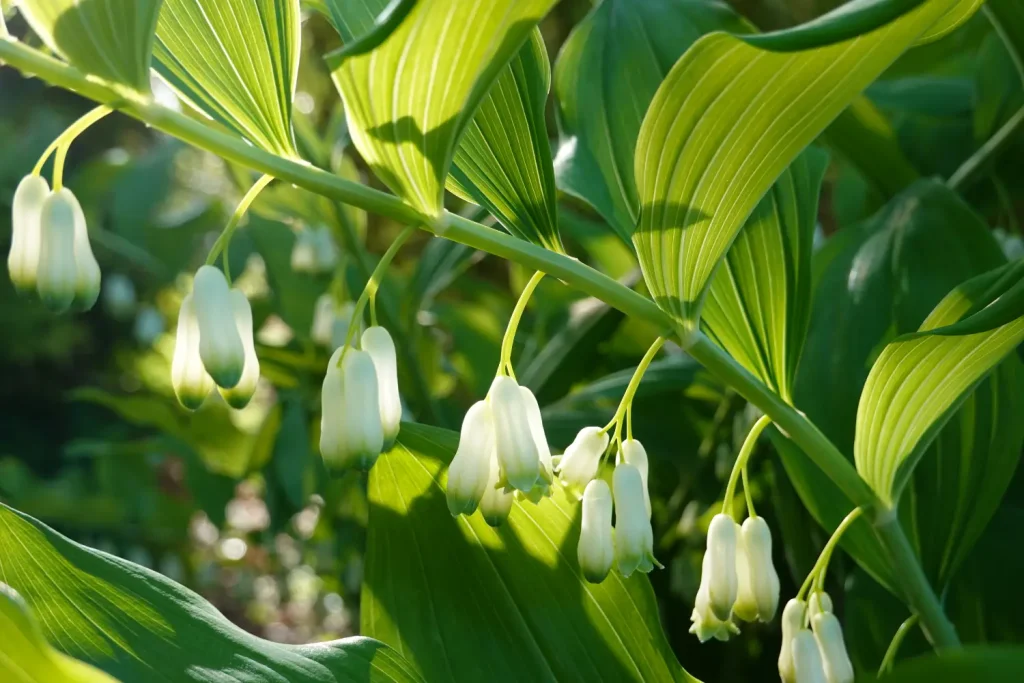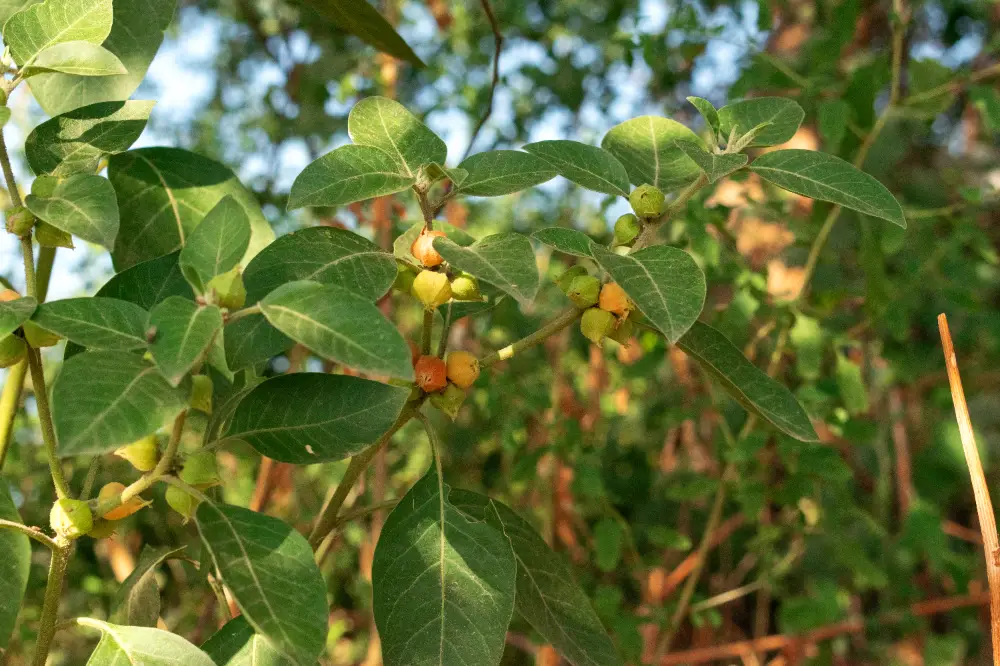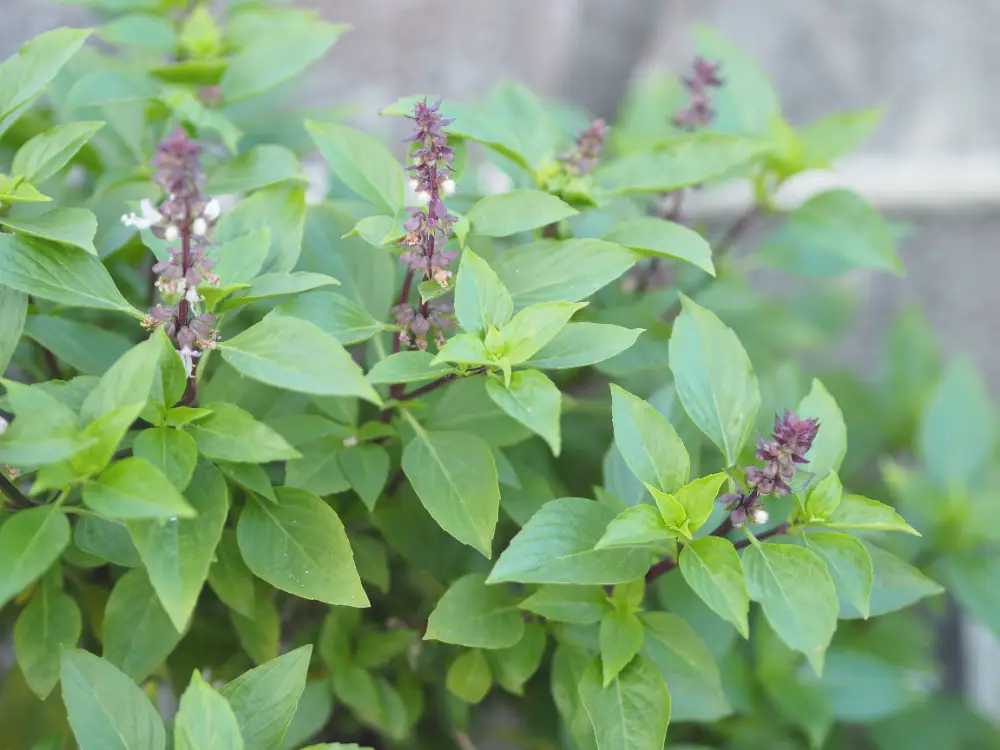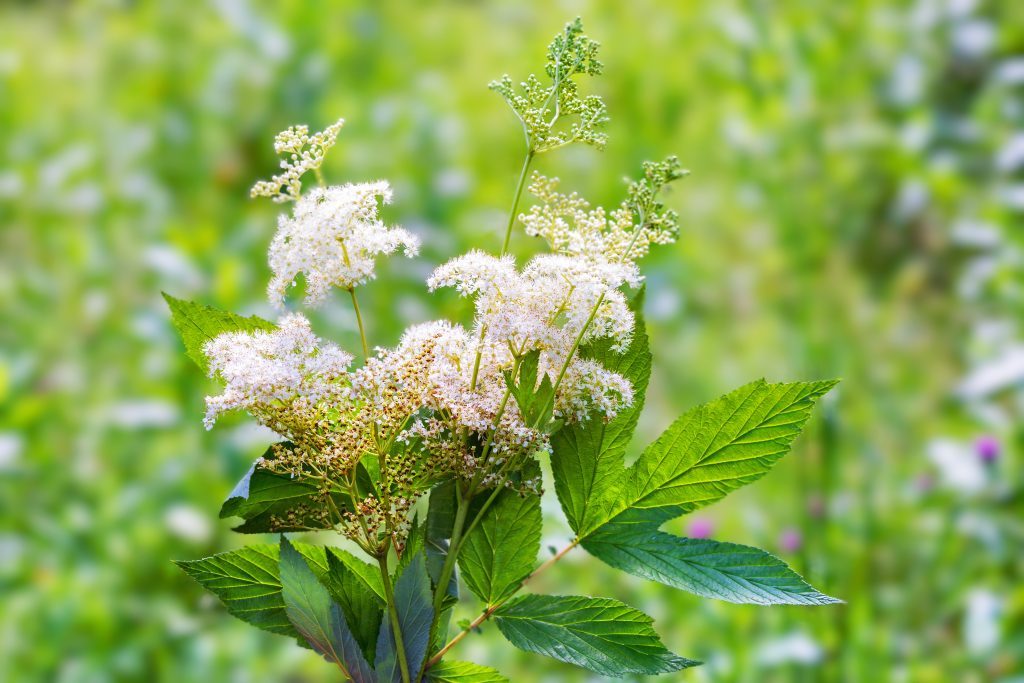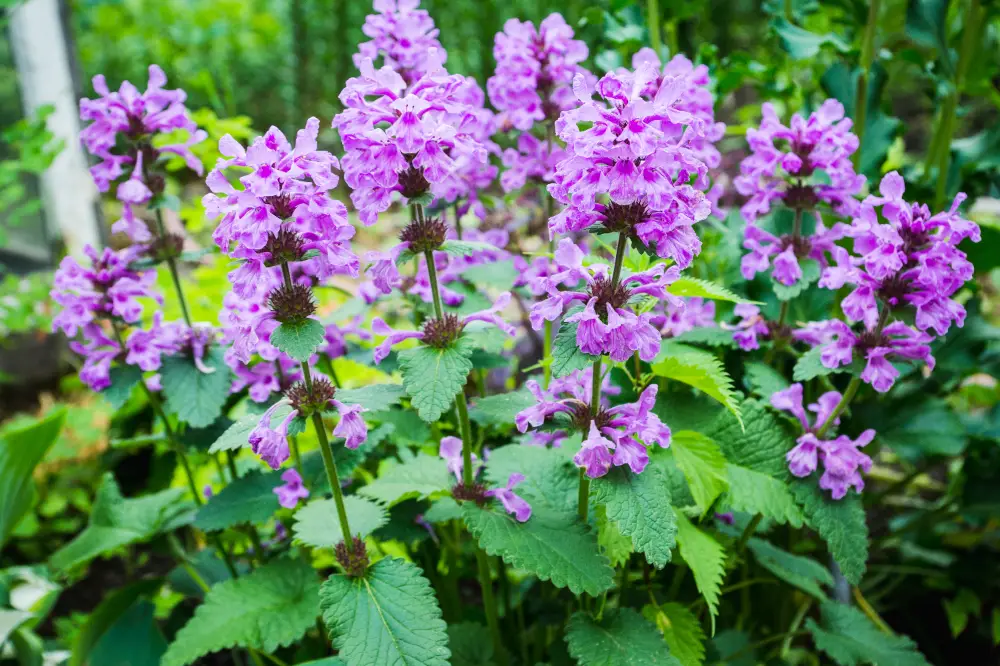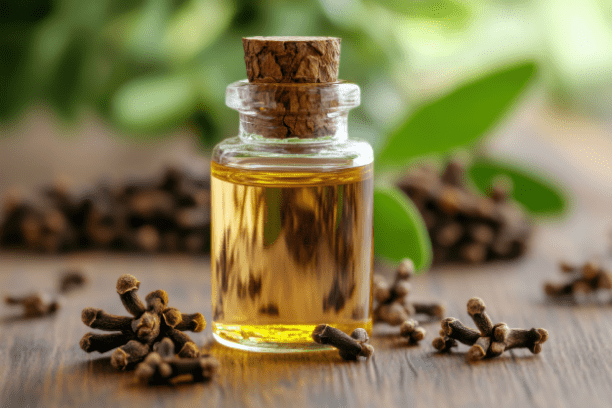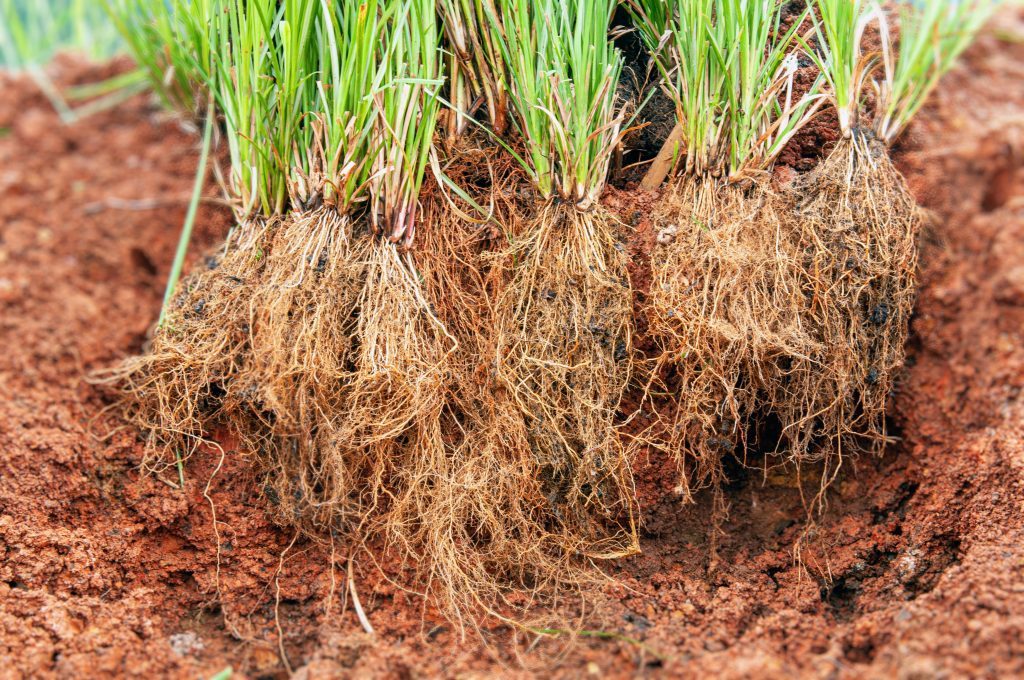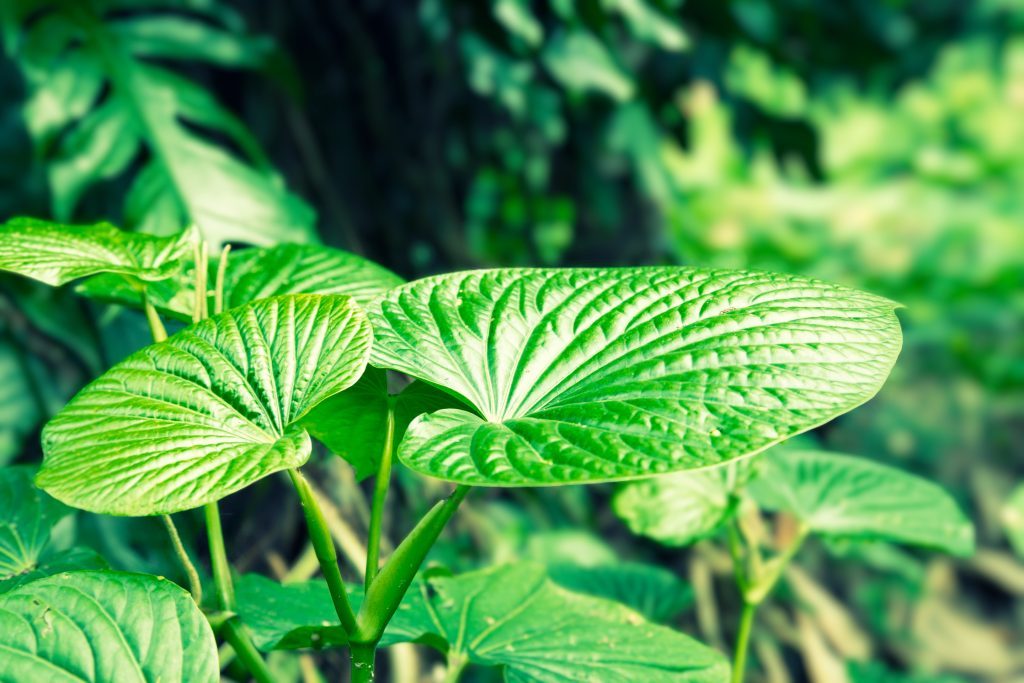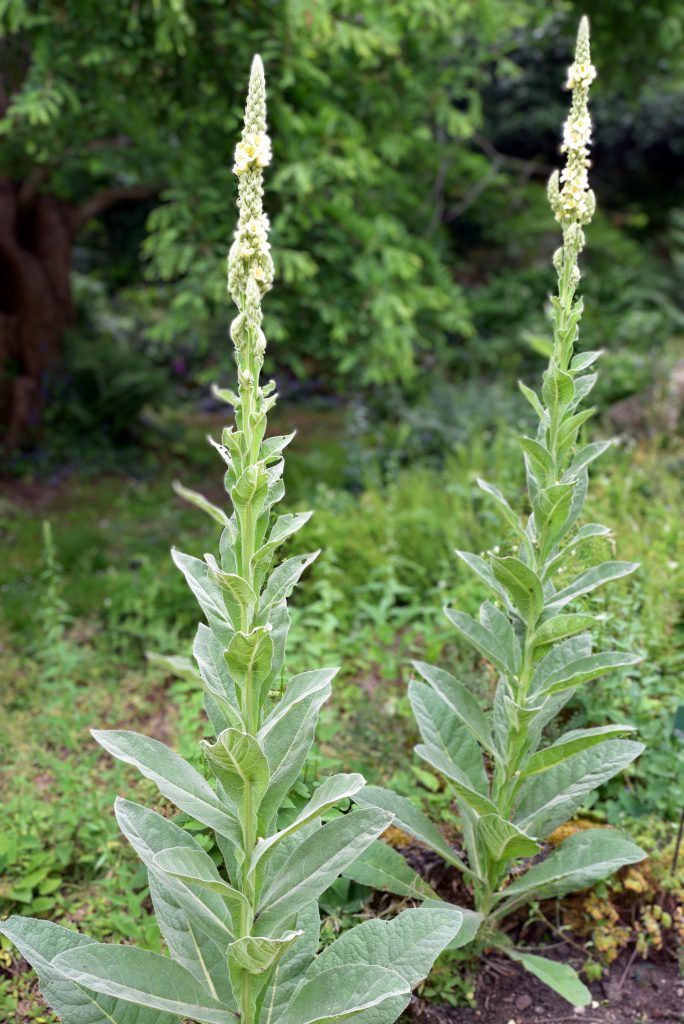
Ginkgo
Ginkgo biloba
Ginkgoaceae (Ginkgo family)
Ginkgo is a unique tree known for its fan-shaped leaves and medicinal properties.
Other names:
Maidenhair Tree
Superpower
Ginkgo’s superpower lies in its ability to enhance cognitive function, improve circulation, and act as a neuroprotective agent.
Uses
Traditional Uses:
Ginkgo has a long history of use in Traditional Chinese Medicine (TCM), where it was primarily used to treat respiratory issues, asthma, cough, and bladder problems. It was also revered for its brain-boosting effects and used to promote mental clarity and longevity. The nuts (seeds) were often consumed as food and used medicinally.
Current Uses:
Today, Ginkgo biloba is best known for its:
- Cognitive support: Used to enhance memory and focus, particularly in older adults. It is often recommended for age-related cognitive decline and dementia.
- Improving circulation: Ginkgo is used to enhance blood flow, particularly to the brain and extremities, making it useful for individuals with poor circulation, cold hands and feet, or conditions like Raynaud’s disease.
- Neuroprotective effects: Ginkgo may help protect against neurodegenerative diseases, thanks to its antioxidant and anti-inflammatory properties.
- Anxiety relief: Ginkgo is used in some cases to help reduce anxiety and improve mood.
Cautions
Toxicity:
- Ginkgo is generally considered safe, though high doses may cause headaches, dizziness, or stomach upset in sensitive individuals.
- Hypersensitivity: Reactions such as allergic dermatitis. May cause dry mouth and sleep disturbances.
- Raw or Fresh Leaf & Fruit/Nut: May cause GI (gastro-intestinal) discomfort & dizziness.
Contraindications:
- Bleeding disorders: Due to its blood-thinning effects, Ginkgo should be used with caution in individuals with bleeding disorders or those undergoing surgery.
- Pregnancy and breastfeeding: Ginkgo should be used cautiously or avoided during pregnancy and breastfeeding due to limited safety data.
- Blood-thinning medications: Ginkgo may interact with anticoagulants like warfarin, aspirin, and clopidogrel, increasing the risk of bleeding. Should be avoided with those with a history of bleeding disorders.
- Seizure medications: Ginkgo may lower the seizure threshold, so it should be avoided in individuals on anticonvulsant or TCA (Tricyclic antidepressants) medications.
Interactions:
- Prolonged Bleeding Risk:
Ginkgo has antiplatelet activity, which may increase the risk of prolonged bleeding. While bleeding events have been reported when Ginkgo is used alone or in combination with anticoagulants like aspirin, cilostazol, clopidogrel, and ticlopidine, a direct causal relationship has not been conclusively established. - Anticonvulsant Medications:
Ginkgo may decrease the effectiveness of anticonvulsant medications such as carbamazepine and sodium valproate. Additionally, it may increase the risk of seizures, especially when combined with other medications that lower the seizure threshold. Increasing the intake of vitamin B6 may be advisable if used concurrently. - Antipsychotic Medications:
Ginkgo may potentiate the effects of antipsychotic drugs such as haloperidol, olanzapine, clozapine, and risperidone in patients with schizophrenia. It may also induce hypomania when combined with SSRIs, MAOIs, trazodone, TCAs, buspirone, or St. John’s Wort, potentially increasing the risk of serotonin syndrome and seizures. - Antiretroviral Drugs:
Ginkgo may alter the drug levels of some antiretroviral medications (e.g., HIV integrase inhibitors like raltegravir and HIV non-nucleoside transcriptase inhibitors like efavirenz). It may increase drug levels of some antiretrovirals while decreasing the efficacy of others. - Benzodiazepines:
Ginkgo may alter drug levels of benzodiazepines such as alprazolam, diazepam, and midazolam, possibly affecting their sedative effects. - Statins:
Ginkgo may decrease the effectiveness of statins like atorvastatin and simvastatin, potentially lowering their impact on cholesterol levels. - Hypoglycemic Drugs:
Ginkgo may enhance the effects of hypoglycemic drugs, such as metformin, glipizide, and pioglitazone, while decreasing the effectiveness of tolbutamide. Blood sugar levels should be monitored when using Ginkgo with diabetic medications. - Nifedipine & Talinolol:
Ginkgo may increase drug levels or the side effects of nifedipine and talinolol.
Known Chemical Constituents
Flavonoids:
-
- Quercetin, kaempferol, isorhamnetin: These flavonoids have antioxidant properties, protecting the brain and vascular system from oxidative damage.
Terpenoids:
-
- Ginkgolides A, B, C, and bilobalide: These compounds improve circulation, protect neurons, and have anti-inflammatory properties.
Organic Acids:
- Shikimic acid, quinic acid: These acids contribute to Ginkgo’s antioxidant effects.
Proanthocyanidins:
Provide antioxidant support, enhancing vascular health and protecting cells from free radicals.
Phytosterols:
-
- Sitosterol: Supports cholesterol metabolism and cardiovascular health.
Polysaccharides:
Contribute to immune support and provide energy for cellular function.
Waxes:
Provide structural support to the plant and contribute to defense mechanisms.
Ginkgolic Acid (Toxic):
This compound is considered toxic in large amounts and is typically removed during the extraction process. It can cause allergic reactions and skin irritation.
Botanical Description
Growth Habit:
Ginkgo biloba is a deciduous tree that can grow up to 30-40 meters (100-130 feet) tall. It has a distinctive fan-shaped leaf and is known for its resilience, as it can live for over 1,000 years.
Leaves:
The leaves are unique, fan-shaped with bilobed margins, hence the name biloba. They turn a striking yellow in the fall before dropping.
Flowers:
Ginkgo biloba is dioecious, meaning that male and female flowers are borne on separate trees. The flowers are small and inconspicuous, with the male trees producing catkin-like structures and the female trees producing seeds after pollination.
Fruit/Seeds:
The female trees produce fleshy seeds that resemble small apricots. These seeds have a pungent odor due to the presence of butyric acid, but they are also highly valued in traditional Chinese cuisine.
Roots:
Ginkgo has a deep, extensive root system, making it highly resistant to pollution and environmental stress, which is why it is often planted in urban environments.
Habitat:
Native to China, Ginkgo is now cultivated worldwide. It thrives in temperate climates and can tolerate a wide range of soil conditions, including urban environments.
Fun Facts
The ginkgo tree, Ginkgo biloba, is a living fossil—the oldest tree species known to man—dating back 150 million years when several species of the family Ginkgophyta flourished in temperate zones of the world
Parts Used
Leaves
Harvest
Leaves:
The leaves of Ginkgo biloba are the primary part used for medicinal purposes. They are typically harvested in late summer to early autumn, just before they begin to turn yellow. At this stage, the leaves contain the highest concentrations of active compounds, including flavonoids and terpenoids.
- Best Time to Harvest:
Ginkgo leaves should be harvested when they are still green, ideally in early fall, before the leaves change color. Harvesting the leaves at this time ensures the maximum potency of their bioactive constituents. - Harvesting Method:
The leaves can be easily harvested by hand-picking from the tree or by carefully using pruning shears. It is recommended to harvest the leaves on a dry day to prevent moisture retention, which can lead to mold during the drying process. - Post-Harvest Processing:
After harvesting, the leaves should be rinsed gently to remove any dirt or debris and then dried in a well-ventilated, shaded area. Once dry, the leaves can be stored in airtight containers away from light and heat to preserve their medicinal properties. They can be used in teas, tinctures, or capsules.
Seeds:
The seeds of Ginkgo, often referred to as ginkgo nuts, are harvested from female trees in late autumn after the fruits have ripened and fallen to the ground. However, the fleshy outer layer contains ginkgolic acid, which is toxic and must be removed before consumption. Traditionally, the seeds are used in Asian cuisine and are believed to have medicinal properties.
- Note:
When handling the seeds, be cautious of the strong odor from the fruit and the potential skin irritation caused by ginkgolic acid.
Preparations
Tea/Infusion: The dried leaves are commonly steeped to make a circulation-enhancing tea.
Tincture: A tincture of the leaves is frequently used to support cognitive function and improve blood circulation.
Capsules: Standardized Ginkgo biloba extract is widely available in capsule form, used for cognitive enhancement and vascular support.
Leaf Powder: The leaves can also be dried, ground into powder, and added to smoothies or other preparations for daily cognitive support.
Sacred Rituals
Ginkgo is often planted in temple gardens in China and Japan as a symbol of endurance and spiritual wisdom.
Affirmations
“I am wise and clear-minded. Like the Ginkgo tree, I stand strong and resilient.”
Spiritual Associations
Spiritually, Ginkgo is believed to enhance mental clarity, focus, and spiritual wisdom.
Functions
A substance or agent that reduces inflammation in the body, soothing irritation, swelling, or redness in tissues.
Anti-thrombotic
A substance or agent that helps prevent the formation of blood clots (thrombi) or reduces the risk of thrombosis.
AntioxidantA substance or agent that neutralizes free radicals, preventing oxidative damage to cells and tissues.
AntispasmodicA substance or agent that helps relieve or prevent involuntary muscle spasms, cramps, or contractions in smooth or skeletal muscles.
Cerebral & Circulatory StimulantCerebral and circulatory stimulants refer to substances or agents that enhance blood flow to the brain and other parts of the body, promoting improved cognitive function, mental clarity, and overall circulation.
Circulatory healthCirculatory health refers to the proper functioning of the cardiovascular system, including the heart, blood vessels, and blood flow, ensuring the efficient delivery of oxygen and nutrients to tissues and organs.
Cognitive EnhancerA cognitive enhancer is a substance or intervention that improves mental processes such as memory, attention, learning, and problem-solving.
Cognitive FunctionCognitive function refers to the range of mental abilities and processes involved in thinking, learning, memory, reasoning, problem-solving, and decision-making.
Dementia AlleviationDementia alleviation refers to interventions or substances that help reduce the symptoms and progression of dementia, improving cognitive function, memory, and quality of life.
Eye HealthThe overall function and well-being of the eyes and visual system, including the prevention and management of conditions that affect vision and eye tissues.
NeuroprotectiveA neuroprotective is a substance or intervention that protects the nervous system, particularly the brain and spinal cord, from damage caused by oxidative stress, inflammation, or neurotoxins.
Peripheral vasodilatorA substance that widens blood vessels in the peripheral areas of the body, such as the hands, feet, and skin, improving blood flow and reducing vascular resistance.

